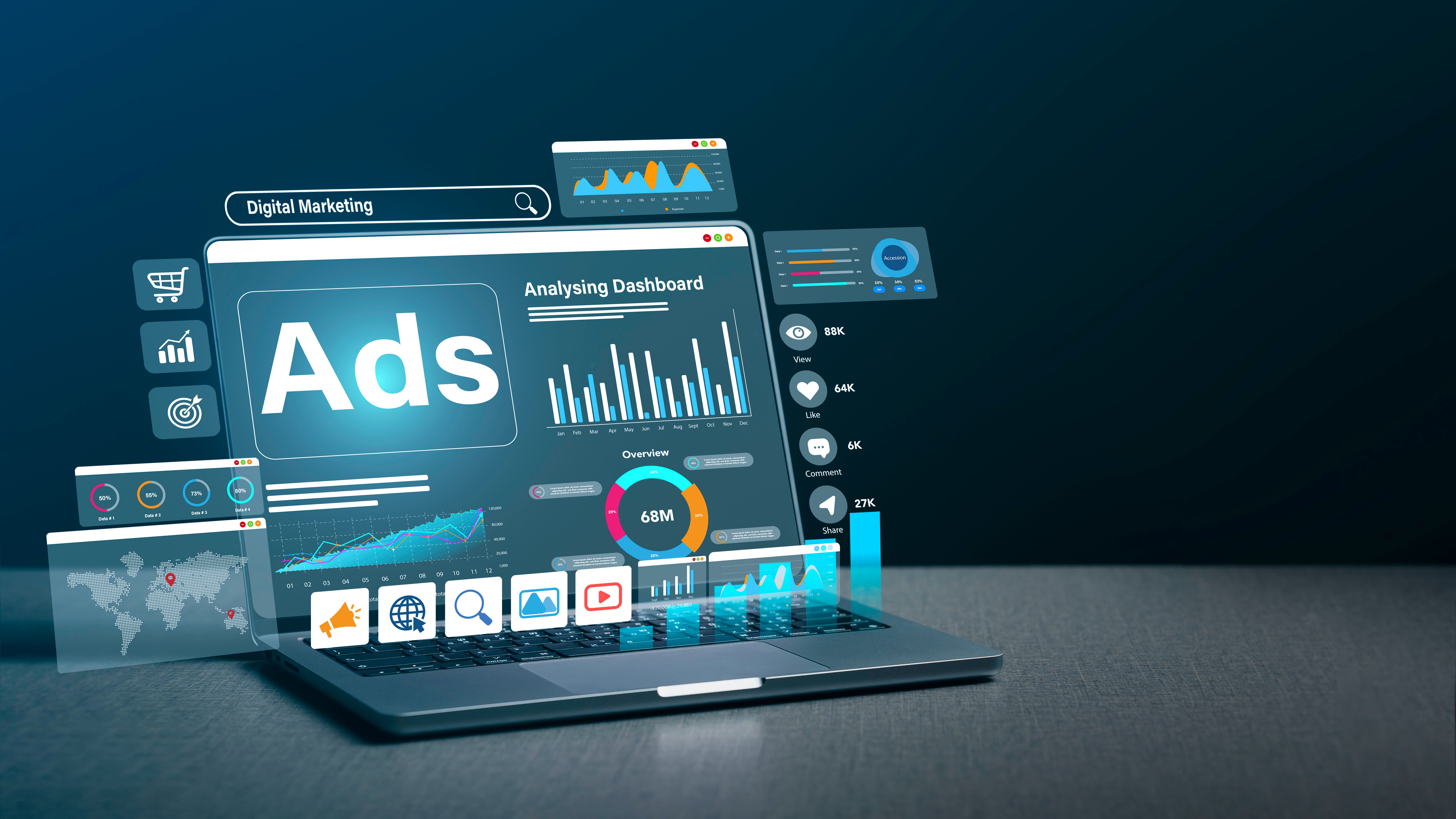The right marketing data is critical to ensure you are targeting the right audience with the right messaging where, when and how they like to receive information. First-party data is the key to creating impactful marketing campaigns that protect consumer information, meet expanding regulatory requirements and help you measure the strength of your campaigns.
The right marketing data is critical to ensure you are targeting the right audience with the right messaging where, when, and how they like to receive information – and to measure the strength of your campaigns. With growing consumer concern over privacy and a heightened regulatory environment, accessing the right data is harder than ever. First-party data is emerging as the key to creating impactful digital marketing campaigns in a way that protects consumer information.
A little context: For more than a decade, marketers have relied on third-party cookies to follow customers across digital experiences and gain insights into their needs, behaviours and intent. They used third-party cookies to track, target and measure the impact of their campaigns and to create their content strategies.
However, growing consumer concern over how personal information is being used and increasingly stringent laws across jurisdictions to protect personal privacy online, beginning with the European Union’s General Data Protection Regulation, have led web browsers such as Firefox and Safari to eliminate third-party cookies. In 2020, Google said it would follow suit, but it has since changed course.
Still, with a growing number of jurisdictions following the EU’s lead – including Canada, which passed the Personal Information Protection and Electronic Documents Act (PIPEDA), and the U.S., which has taken a state-based patchwork approach with privacy laws now in effect in California, Delaware, Iowa, Nebraska, New Hampshire, and New Jersey – brands are shifting away from third-party data and leveraging first-party data to simplify compliance and drive results.
First-party data is also paving the way for more precise targeting. Marketers can create contextualized audience segments by using first-party data collected from the people who visit your website, those who go to specific pages on your site, those who click on specific offers, those who listen to particular podcasts and those who follow certain social channels.
Research from global consulting firm BCG (Boston Consulting Group) reveals that large, mature brands that no longer use third-party cookies are seeing a 10 per cent improvement in their digital marketing campaigns. This surges to up to 100 per cent for small and medium-sized businesses.
Understanding first, second and third-party data
First-party data is the data brands directly collect about their customers and potential customers from their own websites, apps and customer relationship management platforms. This information includes demographics, online behaviours, preferences, interests, purchase history, and the amount of time spent on your websites, apps and social media channels. Leading businesses are embracing first-party data to better understand their desired audiences, create highly personalized consumer profiles and tailor their marketing campaigns to better engage with meaningful messaging – all while putting privacy first.
Second-party data is essentially first-party data collected by another source, such as a business partner or publisher, and shared with you. In this way, it becomes your second-party data and you can use it in the same way you use your own first-party data. In both cases – and unlike third-party data that comes from third-party cookies – users consent to sharing their information, which is a key requirement of privacy regulations.
First-party data is the most valuable type of data because it comes from and is specific to your target audience. This ensures accuracy and reliability, avoids privacy issues, and indicates the trust an individual has in a brand. It doesn’t require cookies or tracking technologies. According to a report from Google and Econsultancy, 92 per cent of top marketers believe using first-party data to understand what people want is critical to growth.
The benefits of first-party data
- First-party data will continue long after third-party cookies are eliminated.
- First-party data is more accurate than second and third-party data.
- First-party data is owned by the brand that collects it, providing complete control over how to use and share it.
- First-party data creates a more personalized user experience.
- First-party data can help brands better target customers.
- First-party data puts consumer privacy first because customers have to consent to share their data, which ensures regulatory requirements are met.
- First-party data can help measure and optimize campaigns by tracking website traffic, conversions and other relevant metrics.
How to boost your campaigns with first-party data
Create a first-party data strategy
Start by establishing clear objectives for the first-party data you collect. Why do you need it? What are you going to do with it? What outcomes are you looking for? This will ensure the data you’re collecting serves a purpose and you aren’t just accumulating information for the sake of having it. Once you know how you want to use the data, you can determine where to collect it.
There are many places to collect first-party data, including:
- website visits/interactions
- mobile apps
- in-app purchases
- sales management software
- in-store interactions and purchases
- beacons
- loyalty/rewards programs
- webinars
- email and newsletter sign-ups
- lead generation and feedback forms
- sales calls
- call centres
Tip: Audit your existing data to see what you have and pull relevant insights. This will also help you identify any gaps.
Develop audience personas to segment and more precisely target your audience
An audience persona is a research-based fictionalized profile that represents a group of similar people within your target audience. It describes who they are, what they want, their challenges, their interests and how they make decisions. Taking the time to create audience personas will allow you to personalize and segment your marketing and advertising campaigns based on specific criteria, ensuring you deliver relevant content users will value.
Build on what you know
Take an iterative approach to refining your first-party data strategy. With each new interaction, pay close attention to trends in consumer behaviour and incorporate these insights into future outreach. Regularly check the quality of the data you are collecting to ensure it is accurate. Managing your first-party data is an ongoing process. Start by collecting the most basic data, such as contact information. Then slowly add more data points based on each new interaction. Always keep trust and relevance at the forefront of your strategy.
Use licensed content to attract people to your brand
As a marketer, you know the power of compelling, trusted content to attract and engage your target audience. To help build a database of high-quality content you can showcase on your website and other digital properties, consider licensing blogs, articles, reports and other content from respected journalists, writers and publishers. Postmedia can help you access trusted content from our network of more than 130 iconic media brands.
Tip: Make sure what you choose to license is valuable to your audience, that you have the right to use it and that you appropriately attribute the source.
Measure the results of your first-party data strategy
Track key metrics — such as engagement, conversions, customer satisfaction, data quality and return on investment — to ensure you are achieving the results you want.
Consumers want privacy. A growing arsenal of laws require it, and leading brands are already reaping the benefits of implementing a first-party data strategy. If you haven’t already adopted a first-party data strategy, now is the time to start.





